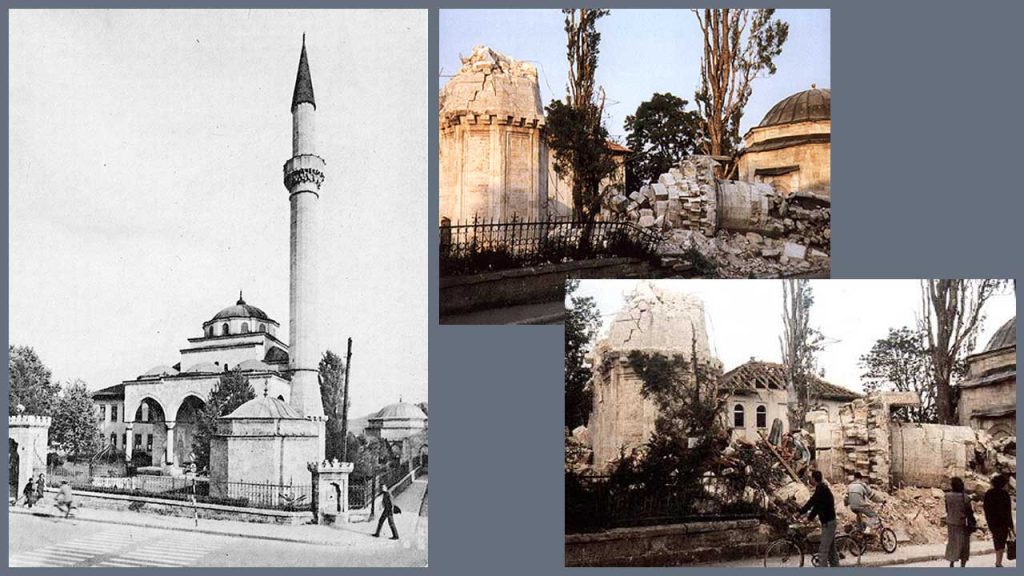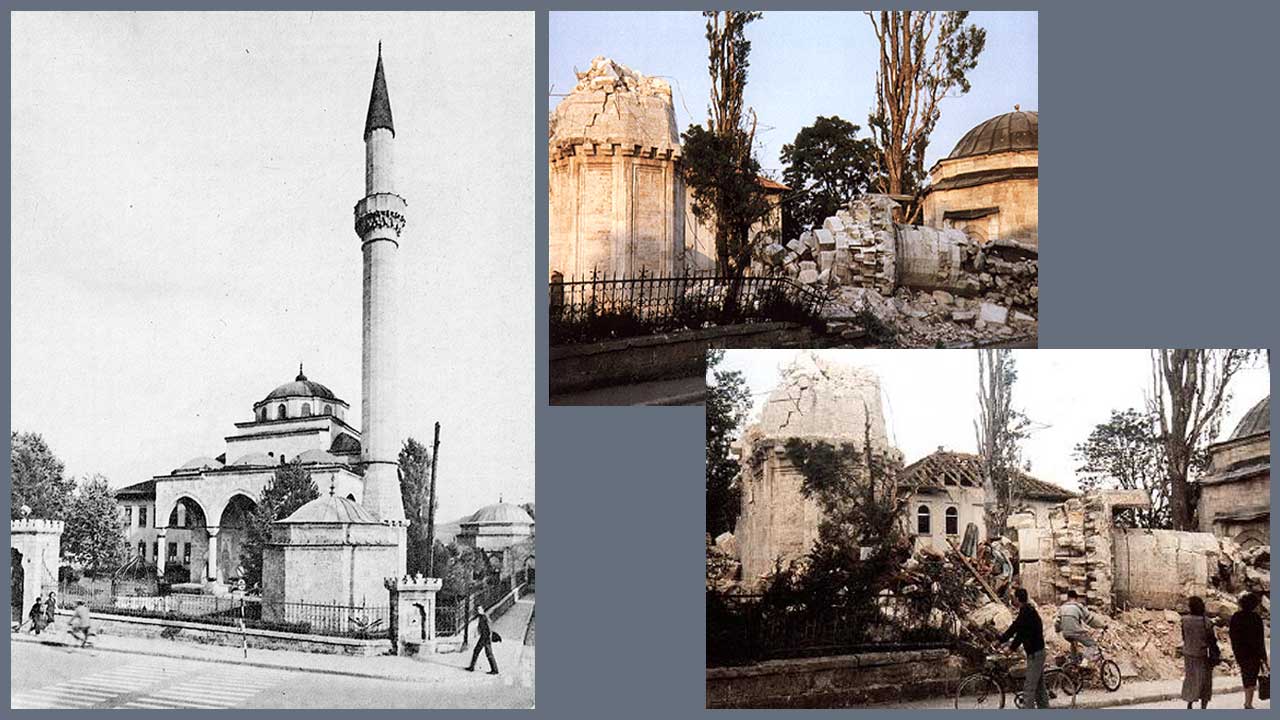
Heritage Destruction Recognized as a Human Rights Violation

The impact of media framing on cultural heritage destruction in conflict zones is a crucial topic addressed in Mischa Geracoulis’s book, “Media Framing and the Destruction and Cultural Heritage.” This work argues that media narratives significantly influence public perception and international responses to the obliteration of cultural sites, such as those in Gaza and Artsakh.
According to a UN report, Israel has demolished over half of Gaza’s religious and cultural landmarks, a move criticized by Navi Pillay, UN High Commissioner for Human Rights, as undermining Palestinian self-determination. Geracoulis’s book suggests that presenting these sites’ destruction as mere collateral damage can dilute their significance as human rights violations. She stresses the importance of contextual reporting in linking these assaults to broader atrocity crimes, like genocide.
In Western media, coverage often underrepresents heritage destruction, Geracoulis notes, attributing this to a reliance on official narratives that may downplay or misrepresent events. She advocates for more comprehensive storytelling that includes historical and geographical contexts, drawing from firsthand accounts and local sources, rather than solely official statements.
Geracoulis highlights the geopolitical implications of heritage narratives, where cultural sites can become pawns in legitimizing or contesting territorial claims. As seen with Azerbaijan’s destruction of Armenian heritage in Artsakh, framing can either prompt international action or silence, depending on how stories are told.
By understanding and revising skewed narratives, media can play a role in invoking international mechanisms to protect cultural heritage, avoiding the perpetuation of historical injustices through biased reporting.